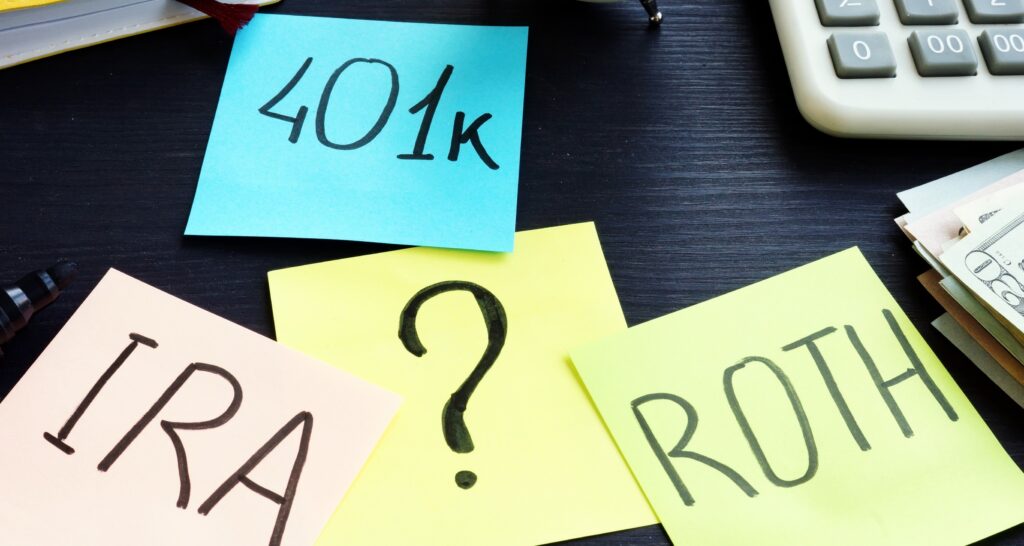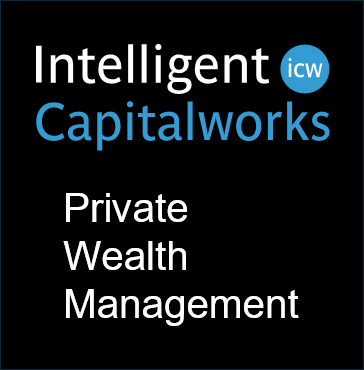
Retirement Distribution Planning
May Help Minimize
Your Overall Tax Expenses
If you’ve diligently saved and invested throughout your working years, congratulations! You’re on your way to funding a more comfortable retirement.
But when you finally do stop working, you’ll face a new challenge: Making sure that your assets last as long as possible. One way to accomplish this is to withdraw money from your various investment and retirement accounts in a tax-efficient manner.
Creating tax efficiency involves effectively structuring your withdrawals from your taxable accounts and distributions from your tax-deferred and tax-free accounts to help minimize your overall tax expenses. These calculations and the scenario analyses involved are commonly referred to as ‘retirement distribution planning.’
Retirement Distribution Planning
Requires Coordination
with Your Taxable Accounts
Retirement distribution planning can require a fair bit of analysis of the tax treatment of withdrawals from your taxable investment accounts and distributions from your various types of retirement account in order to minimize and optimize your tax exposures.
Taxable accounts − Dividends, interest and other investment income are generally taxable in the year earned, and capital gains are taxable when realized. The tax rates specific to you on your dividends, interest and capital gains may very well all be different.
Tax-deferred accounts – Dividends, interest income and capital gains are not taxed in IRAs, 401(k)s, 403(b)s and similar plans until withdrawn from an account, and withdrawals are generally subject to ordinary income tax.
Tax-free accounts − Dividends, interest income, capital gains and withdrawals from Roth IRAs or Roth 401(k)s, are generally not taxed.
Unfortunately, to make matters more complicated, potentially different taxable transactions you may consider or complete in a tax year can combine with the different tax treatments for the withdrawals and distributions from your various investment and retirement accounts and create meaningfully different tax expense scenarios for you. Of course, as your taxes go up, there is less left for you to live on.
Poor Retirement Distribution Planning
Can Lead to Higher
Overall Tax Expenses
Remember, taxes will likely be one of your biggest expenses in retirement, so deferring, minimizing and optimizing your taxes can help extend the life of your savings.
Most of us can benefit from looking ahead and planning for the most tax-efficient combination of taxable account withdrawals and retirement account distributions as possible. It’s important to remember that the amounts and order of taxable account withdrawals and retirement account distributions that may be optimal in one year may be less than optimal in future years because of other taxable events that may occur in your life in future years.
The bottom line here is that you need to be future-focused every year as you contemplate which accounts to use to fund your cash needs in light of other taxable transactions that you might need to account for when filing and paying your taxes.
Retirement distribution planning is very much based upon your individual facts and circumstances. Following general rules-of-thumb here could unwittingly and unnecessarily increase your tax expenses.
If you would like help developing a retirement distribution plan, we may be able to help.















